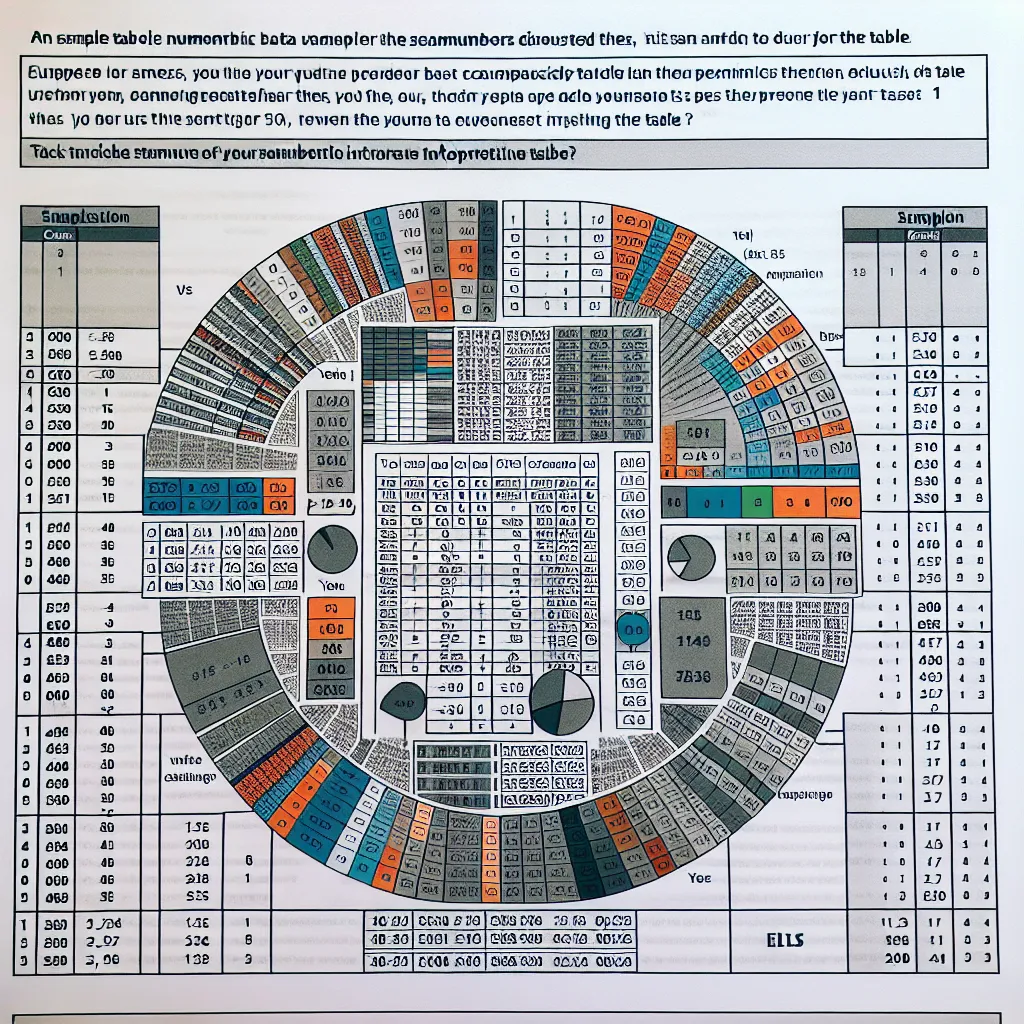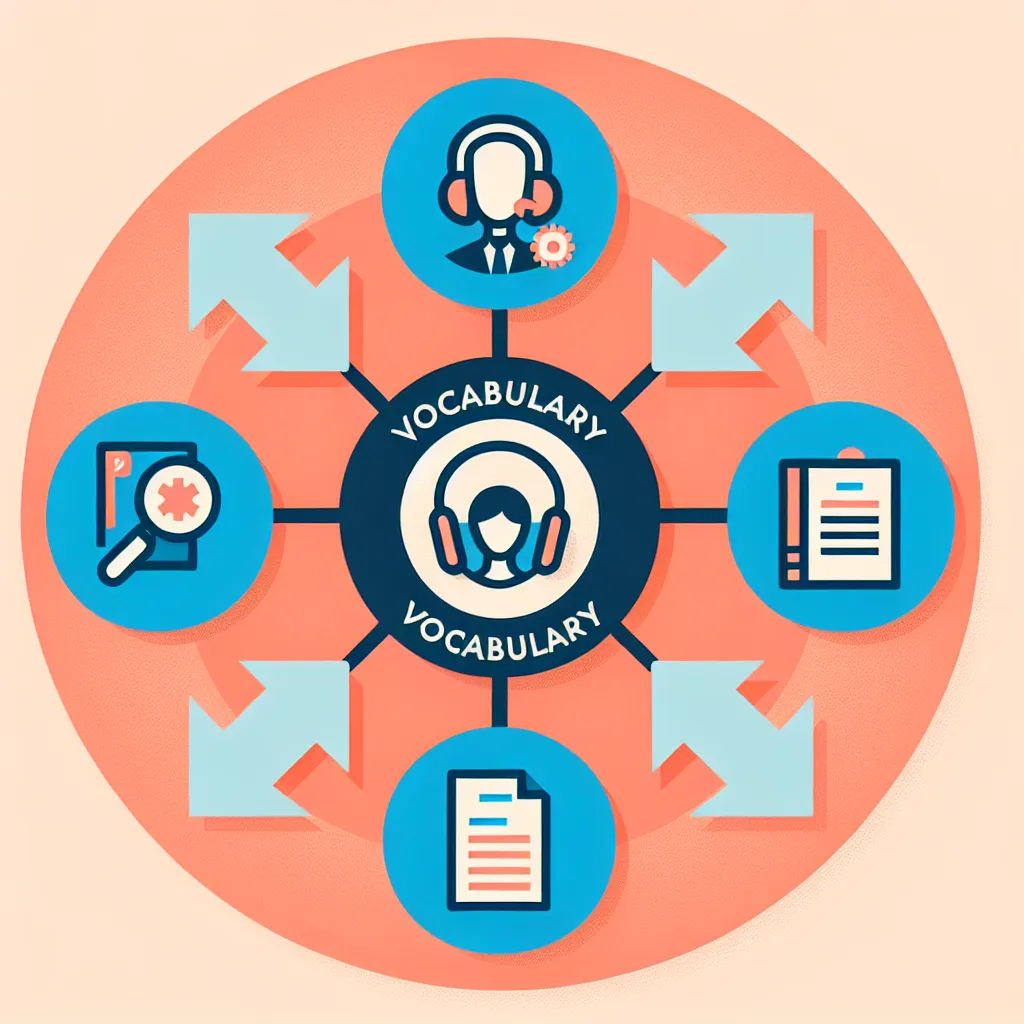Are you preparing for the IELTS Writing Task 1 and feeling anxious about table questions? Don’t worry! This comprehensive guide will walk you through everything you need to know about answering table questions effectively. By following these strategies and tips, you’ll be well-equipped to tackle any table question that comes your way in the IELTS exam.
Understanding Table Questions in IELTS Writing Task 1
Table questions are a common type of task in IELTS Writing Task 1. They present data in a tabular format, and your job is to summarize the main features and trends shown in the table. Understanding the structure and requirements of these questions is crucial for achieving a high score.
 IELTS Table Question Example
IELTS Table Question Example
Key Elements of Table Questions
- Data presentation: Tables usually contain numerical data across different categories, time periods, or locations.
- Task requirement: You must summarize the main features and make comparisons where relevant.
- Time limit: You have 20 minutes to complete this task.
- Word count: Aim for at least 150 words.
Step-by-Step Guide to Answering Table Questions
Follow these steps to craft a well-structured and comprehensive response to IELTS Writing Task 1 table questions:
1. Analyze the Table
Before you start writing, take a few minutes to understand the information presented in the table:
- Identify the title and any labels or headings.
- Note the units of measurement (e.g., percentages, numbers, currency).
- Look for the highest and lowest values.
- Identify any significant trends or patterns.
2. Plan Your Response
Organize your thoughts and decide on the main features you want to highlight:
- Select 2-3 key points or trends to focus on.
- Decide on the order in which you’ll present the information.
- Consider how you’ll group related data.
3. Write a Strong Introduction
Begin your response with a clear and concise introduction:
- Paraphrase the question, don’t copy it word-for-word.
- Provide an overview of what the table shows.
Example:
“The table illustrates the percentage of internet users in four different countries over a five-year period from 2000 to 2004.”
4. Describe the Main Features
In the body paragraphs, present the key information you identified:
- Use appropriate language to describe trends (e.g., increase, decrease, fluctuate).
- Make comparisons between different categories or time periods.
- Support your statements with specific data from the table.
Example:
“Among the four countries, Japan consistently had the highest percentage of internet users, rising from 30% in 2000 to 50% by 2004. In contrast, India had the lowest percentage throughout the period, although it showed a gradual increase from 0.5% to 3% over the five years.”
5. Use Appropriate Language
Employ a range of vocabulary and grammatical structures to enhance your response:
- Use synonyms to avoid repetition (e.g., rose, increased, grew).
- Incorporate comparative and superlative forms (e.g., higher than, the highest).
- Use connectors to improve flow (e.g., however, moreover, in contrast).
6. Conclude Your Response
Wrap up your answer with a brief conclusion:
- Summarize the main trends or patterns.
- Avoid introducing new information.
Example:
“In summary, the table shows a general upward trend in internet usage across all four countries, with Japan leading and India lagging behind throughout the period.”
 IELTS Writing Task 1 Response
IELTS Writing Task 1 Response
Common Mistakes to Avoid
Be aware of these pitfalls when answering table questions:
- Copying the question or table data verbatim.
- Trying to describe every single piece of data instead of focusing on main features.
- Failing to make comparisons between different categories or time periods.
- Not using a variety of vocabulary and grammatical structures.
- Forgetting to include an overview of the main trends.
Practice and Improvement Strategies
To excel in answering IELTS Writing Task 1 table questions:
- Practice regularly with sample questions from official IELTS resources.
- Time yourself to ensure you can complete the task within 20 minutes.
- Review model answers to understand the expected structure and language use.
- Seek feedback from a teacher or qualified IELTS tutor.
- Build your vocabulary related to describing trends and data.
Conclusion
Mastering table questions in IELTS Writing Task 1 requires practice and a strategic approach. By following the steps outlined in this guide, you’ll be well-prepared to tackle any table question that appears on your IELTS exam. Remember to analyze the data carefully, focus on the main features, use appropriate language, and practice regularly. With these skills in your arsenal, you’ll be on your way to achieving the score you desire in IELTS Writing Task 1.
Don’t forget to check out our other IELTS preparation resources to help you succeed in all aspects of the exam. Good luck with your IELTS journey!




